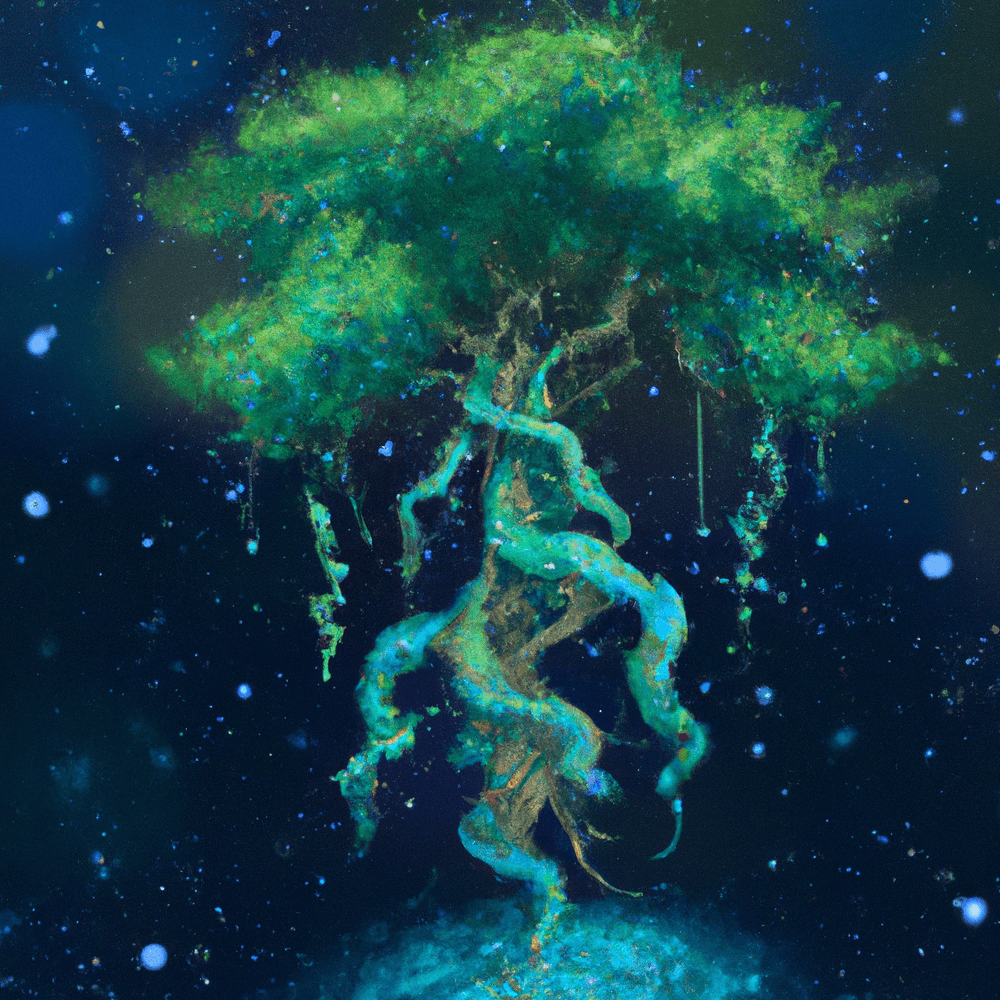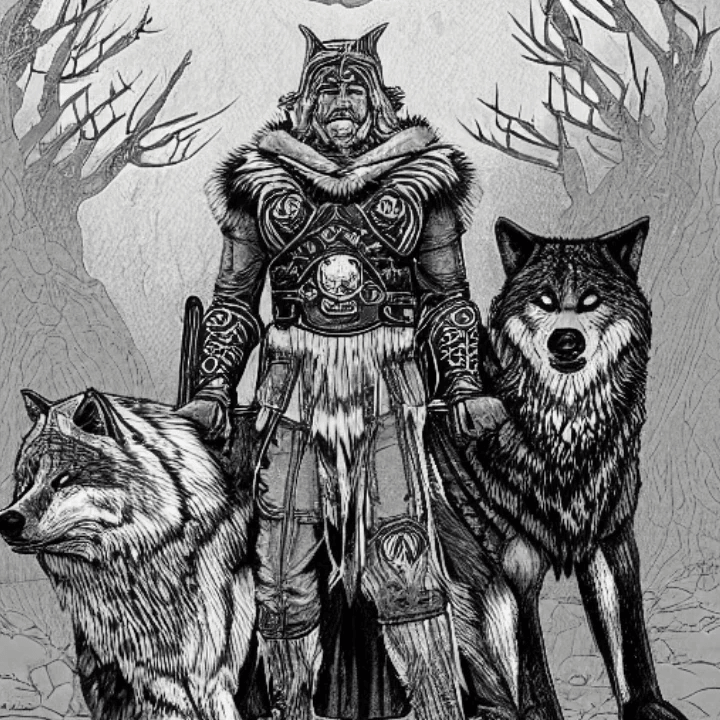Thor, God of Thunder and Wielder of Mjolnir
Thor, the god of thunder, is one of the most recognizable figures in Norse mythology. He is known for his immense strength and his ability to control the weather, particularly thunderstorms. In this blog post, we will explore the mythology and significance of the thunder god in Norse culture.

Thor is the son of Odin, the Allfather of the gods, and the giantess Jord. He is often depicted as a large, muscular man with a red beard, wearing a magical belt and wielding his iconic hammer, Mjolnir, forged by the dwarves as a result of Loki's challenge. He is said to be the protector of mankind and the defender of Asgard, the realm of the gods.
One of the most notable aspects of Thor's character is his fierce temper. He is easily angered and quick to act, often with violence. However, he is also fiercely loyal and protective of his friends and family. Thor is often seen as a hero in Norse mythology, battling giants and other monsters to protect Asgard and Midgard, the realm of mortals.
In Norse mythology, Thor is also associated with fertility and the natural world. He is the god of agriculture, and his hammer is said to bring fertility to the land. As the god of thunder, he is also associated with rain and storms, which are essential for crops to grow.
Thor's Stories and Legacy
One of the most famous stories about Thor is the tale of his battle with the giant serpent Jormungandr. According to legend, Jormungandr was so large that he encircled the entire world, and Thor was the only one powerful enough to face him in battle. In the end, he was able to defeat the serpent, but not without sustaining a mortal wound himself.
Another popular story involving Thor is his journey to the land of the giants, where he engages in a series of challenges and battles to prove his strength and intelligence. In one of these challenges, he is asked to lift a cat that is actually the Midgard Serpent in disguise. Thor is unable to lift the cat, lifting only one of its paws above ground, which leads to him being ridiculed by the giants.
Despite his fierce temper and violent tendencies, Thor is also known for his sense of humor and love of feasting and celebration. In fact, one of the most popular Norse holidays, Thor's Day or Thursday, is named after him. This holiday was traditionally celebrated with feasts, drinking, and storytelling, all in honor of Thor and his exploits.
In modern times, Thor has become a popular figure in popular culture, with his image appearing in everything from comic books to blockbuster movies. However, his significance in Norse mythology goes far beyond his portrayal in modern media. Thor remains an important figure in Norse culture, representing strength, protection, and the power of nature.
In conclusion, Thor is a complex and multifaceted figure in Norse mythology, embodying both the fierce power of thunder and the nurturing qualities of fertility and protection. His stories continue to inspire and entertain people around the world, and his legacy as a protector and hero remains a vital part of Norse culture to this day.


